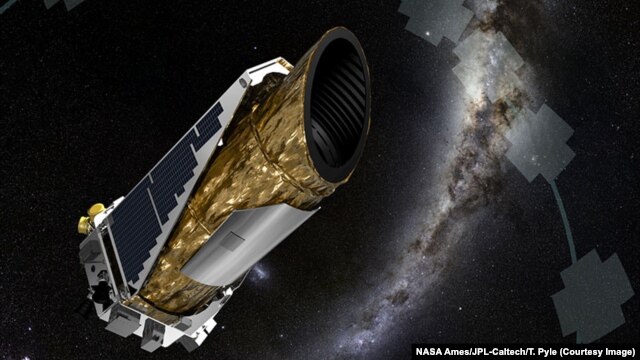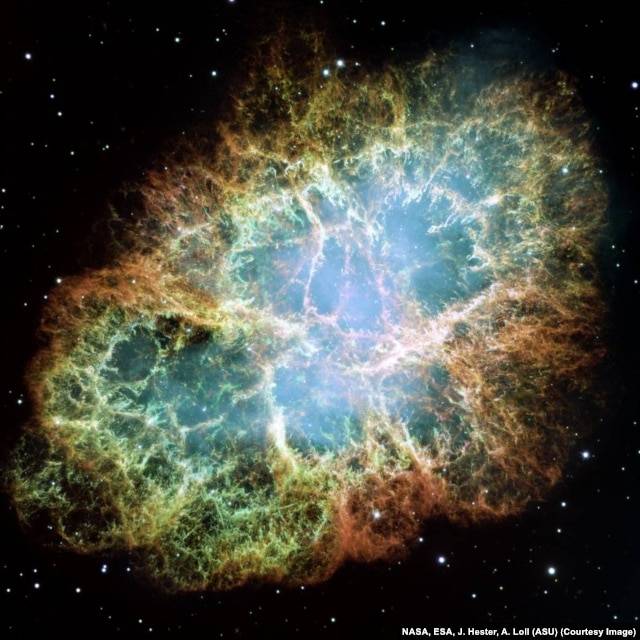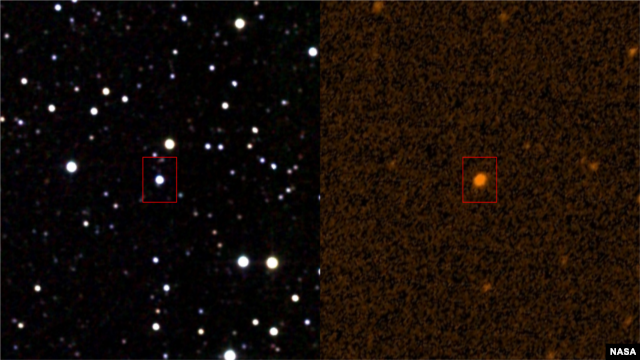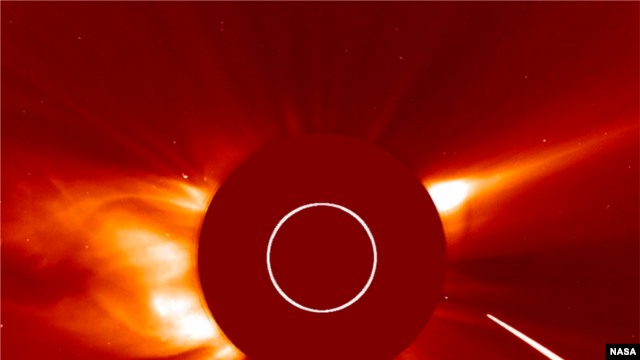ScienceRocks
Democrat all the way!
- Banned
- #1
1. Kepler 57c which has a MASS of 6.95 times JUPITER. What really blows the mind out of the back of the brain case is the radius! 1.55 the radius of earth. Normally the mass for such a radius would be 5 to 30 times earth. NOT over 2,200 times! WTF!
This isn't alone either!!!!
Kepler 59b which has a 2.05 Jupiter. A Jupiter right? WRONG, this has a radius of 1.1 earths or 10% larger. What on earth is this thing made of?
Kepler 57b is also very interesting, but is likely not a super earth.
Kepler Discoveries
This isn't alone either!!!!
Kepler 59b which has a 2.05 Jupiter. A Jupiter right? WRONG, this has a radius of 1.1 earths or 10% larger. What on earth is this thing made of?
Kepler 57b is also very interesting, but is likely not a super earth.
Kepler Discoveries
Last edited:





